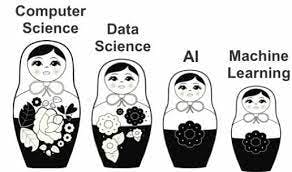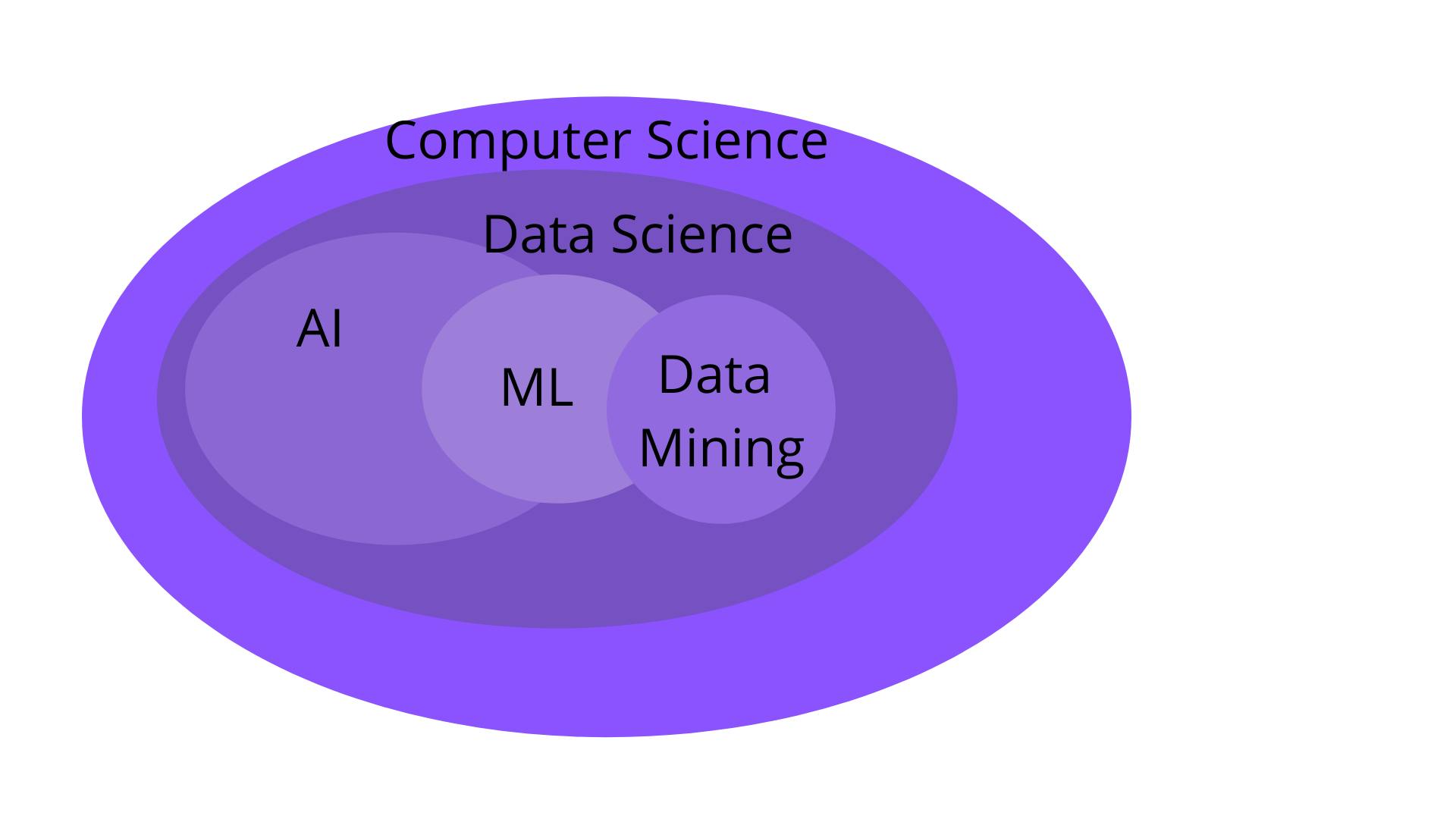
Introduction to Machine Learning
Let's learn about Machine Learning in this blog.
What is Machine Learning?
Humans learn from their past experiences and machines follow instructions given by humans, but what if humans could train the machines to learn from the past data and do what humans can do much faster? That's called machine learning, but it's a lot more than just learning, it's also about understanding and reasoning.
Why Machine Learning?
In the early days of "smart" applications, many systems used "if" and "else" handwritten decision rules to process data and adapt to user input. .. Imagine a spam filter whose job is to move the appropriate incoming email messages to a spam folder. You can create a blacklist of words that cause emails to be marked as spam. This is an example of designing an "intelligent" application using a set of expertly designed rules. For some applications, especially those that have a good understanding of the process by which humans are modelled, it is possible to manually create decision rules.
Anatomy of Machine Learning
Machine learning is a branch of data science and computer science that encompasses a wide range of topics. This involves comprehending the connections between machine learning and its parent areas and sister sciences. This is essential because similar words will appear in machine learning literature and courses. Machine learning and data mining are two relevant areas that might be difficult to distinguish.
Machine learning, data mining, artificial intelligence, and computer programming all fall under the umbrella of computer science, which encompasses everything related to the design and use of computers. Within the all-encompassing space of computer science is the next broad field of data science. Narrower than computer science, data science comprises methods and systems to extract knowledge and insights from data with the aid of computers.

Artificial intelligence sprang from computer science and data science as the third matryoshka doll from the left in Doll 3. Artificial intelligence, or AI, refers to machines' capacity to execute intelligent and cognitive activities. Similar to how the Industrial Revolution ushered in an era of machines capable of replicating physical activities, AI is pushing the creation of computers capable of simulating cognitive capacities.
While still broad, but far more refined than computer science and data science, AI encompasses a number of prominent and newsworthy subfields today. Research and planning, reasoning and knowledge representation, perception, natural language processing (NLP), and, of course, machine learning are among these subfields.

Machine learning is an ideal beginning point for students interested in AI since it gives a smaller and more practical lens of study (in comparison to AI). Machine learning algorithms may also be employed in other fields such as perception and natural language processing. Furthermore, while a Master's degree is sufficient to build a certain level of experience in machine learning, a PhD may be required to make meaningful advancements in the field of artificial intelligence.
Data mining, a sister topic focusing on uncovering and excavating patterns in massive datasets, overlaps with machine learning. Both techniques rely on inferential methods, that is, predicting events based on other results and probabilistic reasoning, and use a comparable set of algorithms, such as principal component analysis, regression analysis, decision trees, and clustering techniques.
If you enjoyed this article, share it with your friends and colleagues! And we will discuss interesting ML techniques in the upcoming blog........
